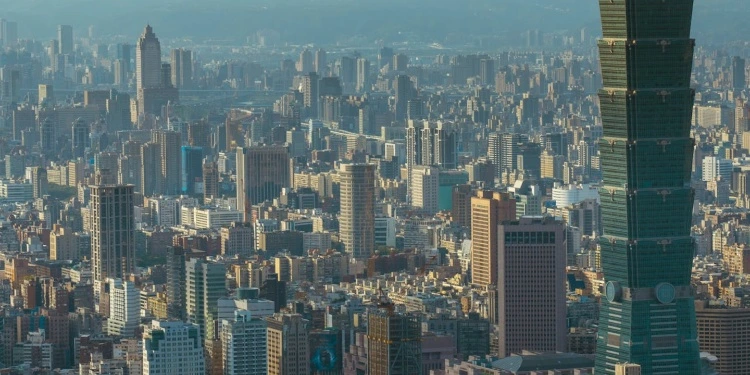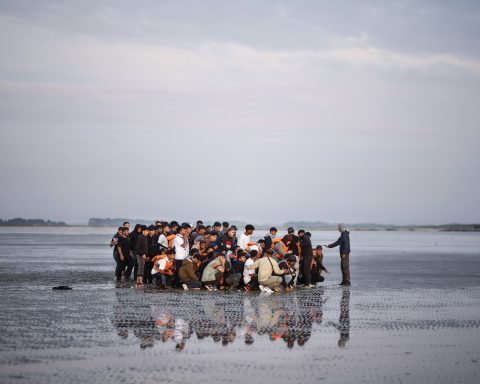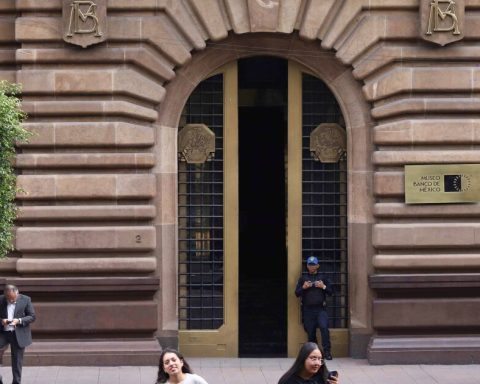SLP, Mexico.- Taiwan has emerged as a notable economic power in recent decades, fundamentally due to several key factors that have shaped its development.
Since the late 1940s, Taiwan experiment a series of economic and political reforms that facilitated its growth. Following the Chinese civil war, which culminated in the victory of the Communist Party of China (CCP) and the withdrawal of the Kuomintang to Taiwan, where it established a separate government known as the Republic of China (ROC), policies aimed at economic growth were implemented. .
Chiang Kai-shek’s government promoted industrialization and land reforms that redistributed land to small farmers, increasing agricultural production and allowing Taiwan to become a major exporter of products such as rice and sugar.
The path to industrialization
With income generated from agriculture, the country began to industrialize in the 1960s. Special economic zones were established to attract foreign investment, spurring the growth of industries such as electronics and textiles. During this period, Taiwan It became one of the world’s leading producers of footwear and textiles.
In the 1960s and 1970s, economic growth was so rapid that it became known as the “Taiwan Miracle,” with GDP increasing by approximately 8% annually. Development was generated by exports and industrialization.
Later, in the following decade, Taiwan began to democratize, which also affected its economy. Economic liberalization allowed greater openness to international trade and attracted foreign investments.
A place in the global industry
Since the 1990s, the industry has moved towards advanced technological sectors, especially in electronics, and the country has become a world leader in the production of semiconductor chips, vital for the global industry.
Their companies also make crucial components, from printed circuit boards to advanced camera lenses, and run huge device assembly operations in China.
This has created a triangle of critical interdependence between Taiwan, China and the United States that has deepened even as tensions between Taipei, Beijing and Washington have increased.
Almost 70% of Apple’s main suppliers, which make everything from processors to cases, are located in China (26%), Taiwan (23%) or the United States (18%).
The most valuable componentssuch as core processors, 5G modems, Wi-Fi chips, and premium camera lenses, are manufactured in Taiwan by Taiwanese companies. In total, the island’s suppliers represent almost 36% of the total bill of materials for each iPhone, according to The Financial Times.
Taiwan’s geostrategic situation places it at the center of global supply chains and maritime trade routes, according to Simona Granoresearcher at the University of Zurich.
In 2020, despite the pandemic, its economy grew by 3.5%.
Taiwan and China: the conflict
In this quarter of a century, Taiwan has strengthened its trade relations with Chinabecoming an important supplier of electronic components.
However, the relations between the two are tense and complex. Taiwan’s geographical location, just 130 kilometers from the Chinese coast, is a point of conflict. Controlling Taiwan would allow China to consolidate its influence in the South China Sea and increase its naval power, becoming a maritime superpower.
Since 1949, when Kuomintang nationalists took refuge on the island after being defeated by the communists, Taiwan has functioned as an autonomous state, although Beijing considers the island part of its territory. This historical perception fuels current tensions, as the Chinese government does not tolerate any attempts at independence by Taiwan and has vowed to take back the island by force if necessary.
In Taiwanese territory there has been a increase in the incursions of Chinese military aircraft. In recent months, almost 150 have been registered raids in its Air Defense Identification Zone (ADIZ), which has led Taiwanese authorities to warn about the possibility of a invasion China on a large scale by 2025.
Due to pressure on the Chinese veto, Taiwan is not represented today at the United Nations. In 1971, the UN General Assembly passed Resolution 2758, which recognized the PRC government as China’s sole legitimate representative in the UN and expelled the representative of Taiwan. The island has since been formally excluded from the organization.
The policy of “One China” – which denies Taiwanese sovereignty –, the diplomatic pressure exerted by Beijing and the lack of international consensus on Taiwan’s status make its search for recognition before the UN even more complex.
















